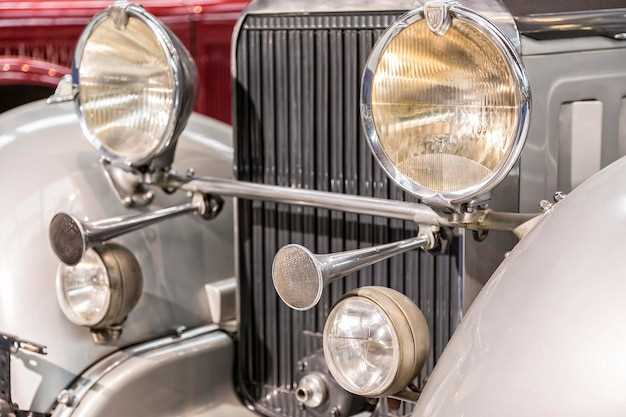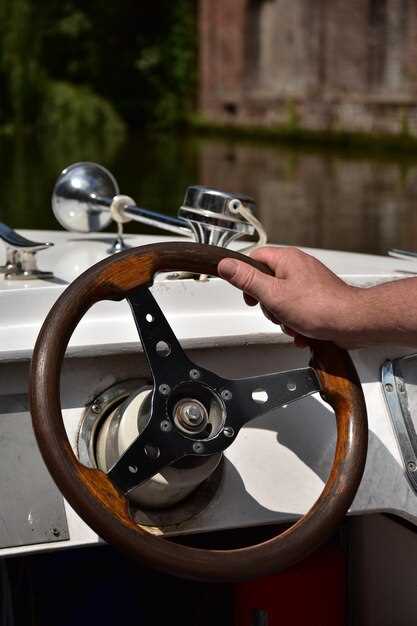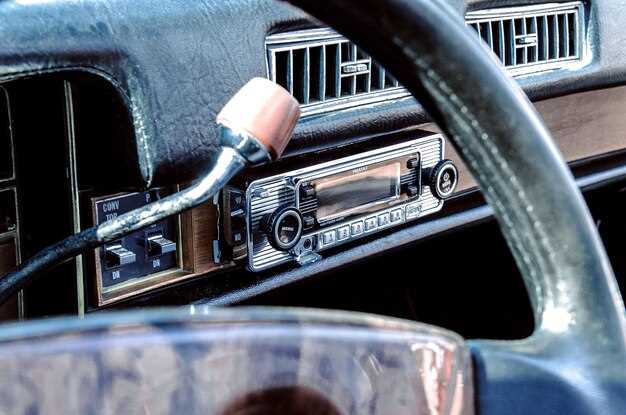
The world of classic cars is a realm of nostalgia, where timeless designs and craftsmanship meet the passion of enthusiasts. One of the most critical aspects of maintaining these automobiles is restoring their interiors. A well-preserved interior not only enhances the aesthetic appeal of the car but also ensures that the driving experience remains true to its original form.
In this guide, we will take you through the step-by-step process of restoring the interiors of classic cars. From assessing the condition of materials to selecting appropriate replacements, every phase of restoration requires careful attention and dedication. Understanding the elements involved in restoring a classic car’s interior will empower you to bring its beauty back to life while preserving its historical significance.
Whether you are a seasoned restorer or a novice looking to delve into the world of classic car interiors, this article will provide the insights and techniques needed for a successful project. By following our guide, you’ll learn how to approach the restoration process methodically, ensuring that the heart and soul of your classic car shine through in every detail.
Assessing the Condition and Planning Your Restoration

Before starting the restoration of a classic car’s interior, a thorough assessment of its current state is essential. Begin by examining all elements including seats, dashboard, carpeting, and headlining. Look for signs of wear, damage, or deterioration such as rips, stains, or rust. Document the condition of each component, as this will serve as a reference point throughout the restoration process.
Next, consider the materials used in the interior. Original materials may be difficult to source, so research options for authentic replacements or upgrades that maintain the vehicle’s classic aesthetic. Organize a list of needed materials for each component that requires restoration or replacement. This will include fabric, leather, vinyl, adhesive, and any other relevant supplies.
Additionally, evaluate the overall design and functionality of the interior. Look for opportunities to enhance comfort or usability without compromising the car’s vintage character. Creating a plan that includes both necessary repairs and desired upgrades ensures a well-rounded approach to the restoration.
Once all assessments are complete, establish a timeline for your project. Break down tasks into manageable sections, such as tackling upholstery, electronics, or detailed cleaning separately. Being organized will make the restoration process smoother and help maintain focus on achieving a high-quality finish.
Ultimately, a well-thought-out plan, grounded in a thorough assessment, sets the foundation for a successful classic car interior restoration project.
Materials and Tools Needed for Interior Restoration
Restoring the interior of a classic car requires a variety of materials and tools to ensure a high-quality finish. The right selection can significantly impact the overall appearance and functionality of the interior.
First and foremost, upholstery fabric is essential. Depending on the original design, you may choose vinyl, leather, or cloth. Consider sourcing fabric that matches the car’s period for authenticity.
Foam padding is also important for seat restoration. High-density foam provides comfort and durability, while different thicknesses can help achieve the desired look.
Carpet is another critical material, often overlooked. Selecting the appropriate color and texture can rejuvenate the interior while preserving the classic feel. Insulation materials, such as sound-deadening mats, will minimize noise and enhance the driving experience.
In terms of tools, a staple gun is crucial for securing upholstery to frames. A sewing machine may also be necessary for custom work or repairing seams. Tailoring scissors will help achieve clean cuts on various materials.
Adhesives, such as spray adhesive or contact cement, are vital for attaching foam or insulation to surfaces. A heat gun can aid in molding upholstery to fit snugly around curves and contours.
For cleaning and prep, you will need a variety of cleaning agents, brushes, and rags. A pressure washer can assist in deep cleaning carpets and other fabric surfaces, while detailing tools can help reach intricate areas.
Finally, for the finishing touches, consider tools like a sewing awl for making repairs, and an upholstery hammer for folding and bending fabrics. Ensuring that you have the right materials and tools will greatly enhance your classic car interior restoration project.
Executing the Restoration: Techniques and Best Practices

Restoring a classic car’s interior requires precision and a thorough understanding of various materials and techniques. The first step is to assess the state of the interior, identifying areas that need repair or complete replacement.
Begin by removing all interior components, including seats, carpet, and trim. This process allows for a detailed inspection of the underlying structure and surfaces. Pay attention to rust, corrosion, or damage to metal parts that may need treatment before further restoration.
Cleaning is essential. Use mild cleaners tailored to different materials–leather, vinyl, or wood. For fabrics, steam cleaning can remove dirt while being gentle on the material. Always test cleaners on inconspicuous areas to avoid damage.
For repairs, embrace techniques like stitching and patching for upholstery. Replacing worn-out materials ensures longevity. When restoring leather, consider conditioning products to revitalize and protect. For vinyl, specialized adhesives can help with tears and cracks.
Carpets often require replacement; however, if the existing carpet is salvageable, a deep cleaning and dyeing process can give it a fresh appearance. Custom-fit carpet kits are available for many classic models, ensuring a perfect fit.
Once components are ready, install insulation to reduce noise and temperature fluctuations. Then, carefully reassemble the interior, ensuring that all panels align correctly and fasteners are secure. This attention to detail is crucial in achieving a professional finish.
Seek references and guides specific to your car model for authenticity. Remember that restoring a classic car’s interior is not just about aesthetics; it’s about preserving history and ensuring comfort.
Finally, document each step in the process. Not only does this provide a comprehensive record for personal reference, but it can also add value and authenticity for future buyers.




